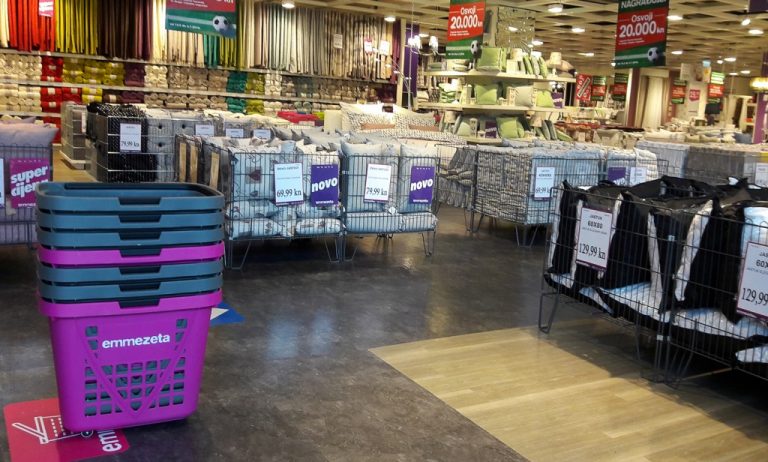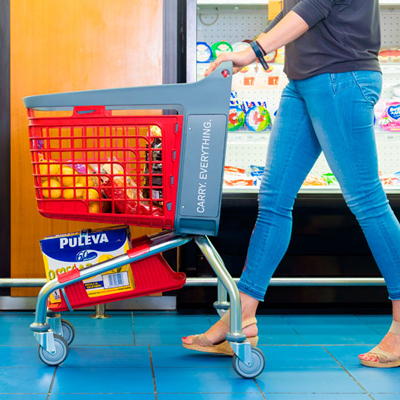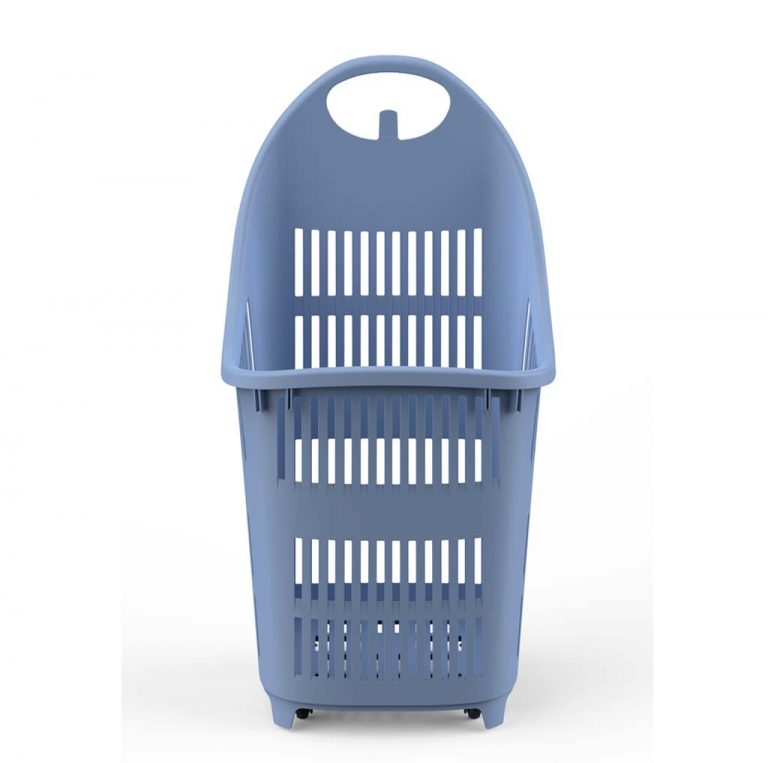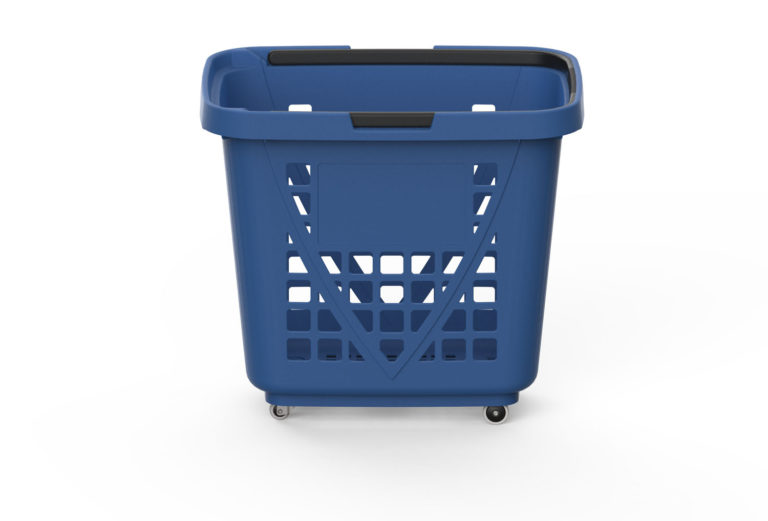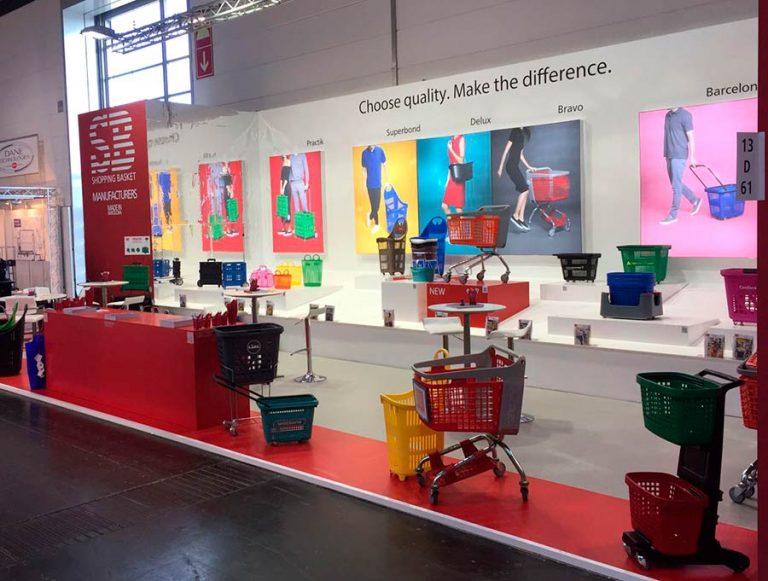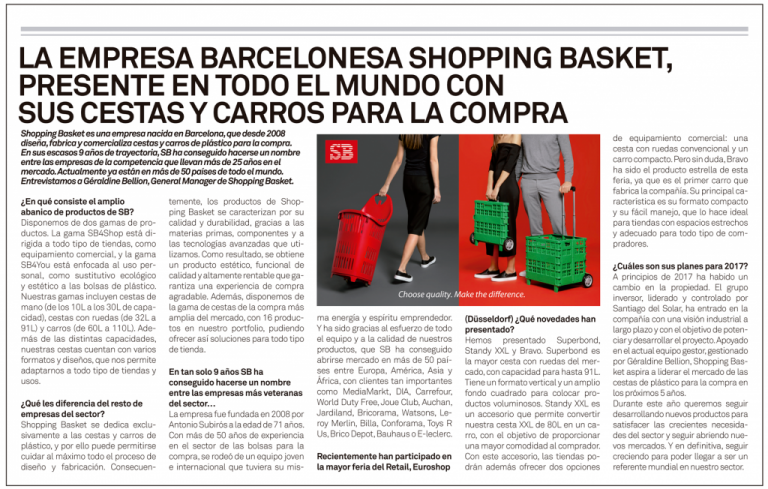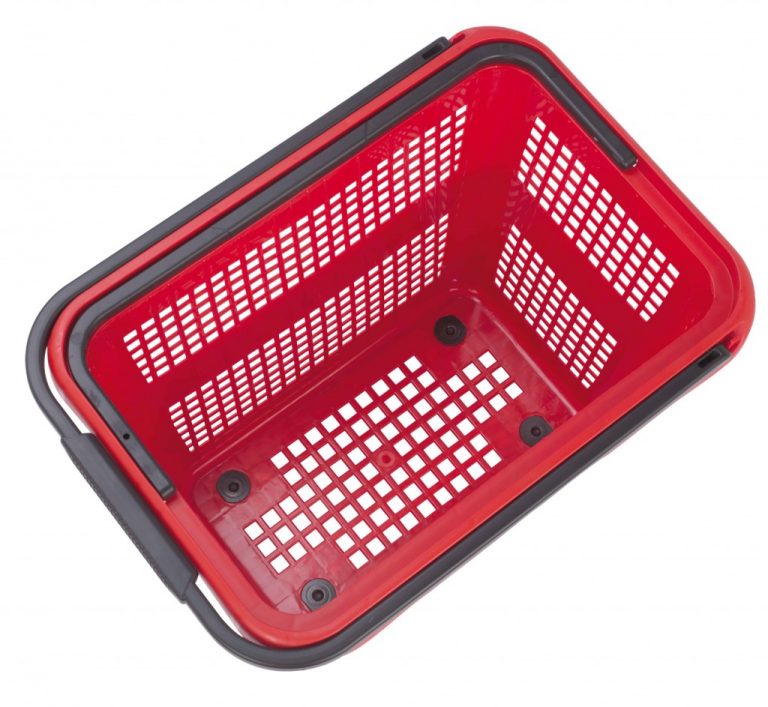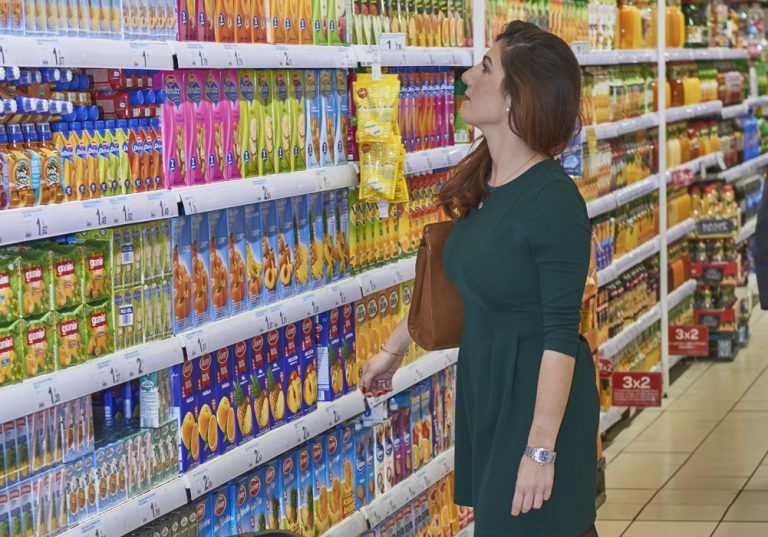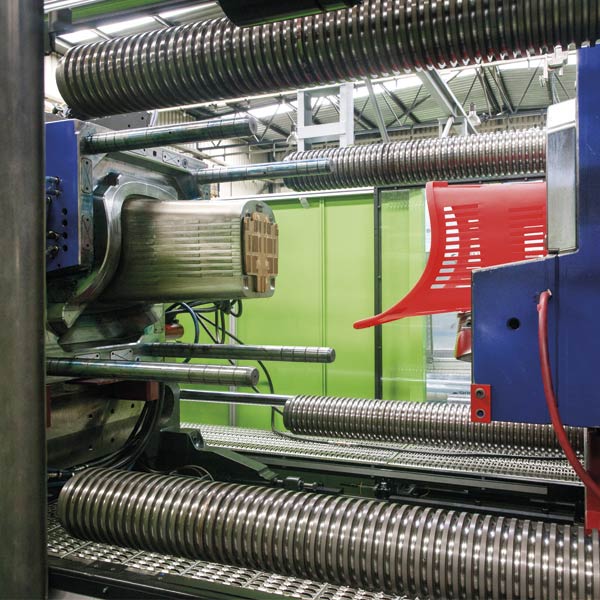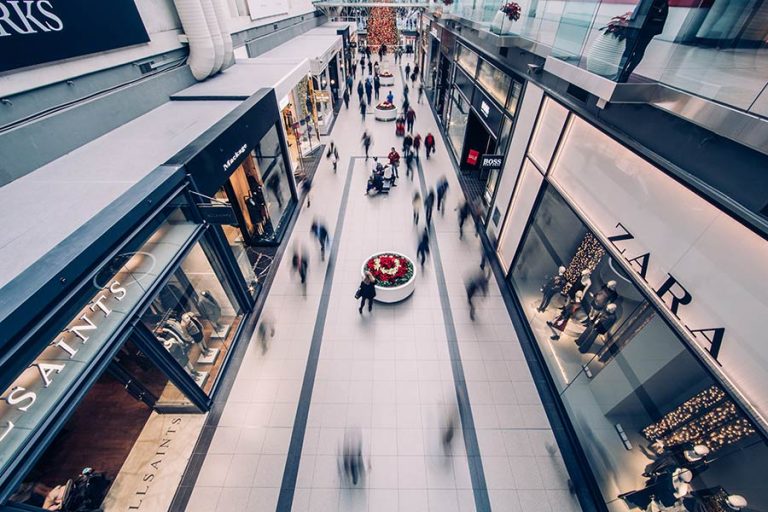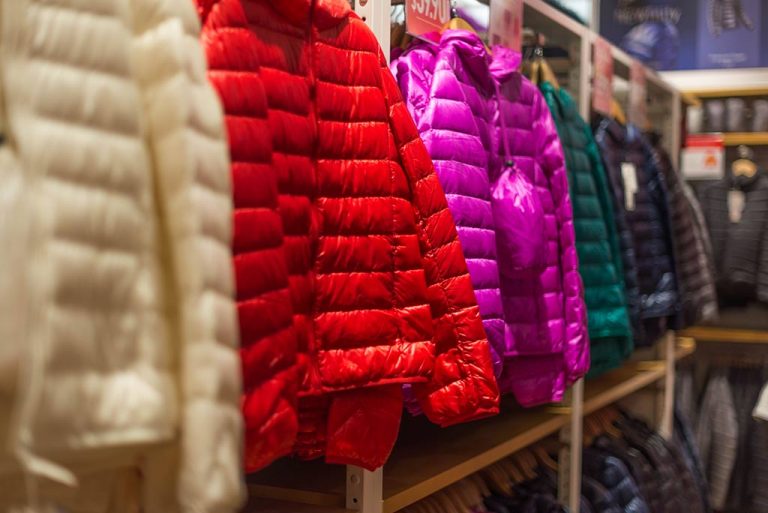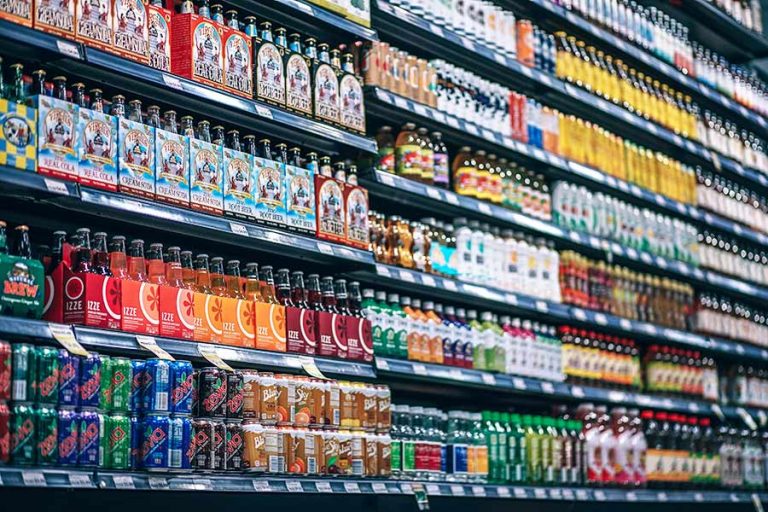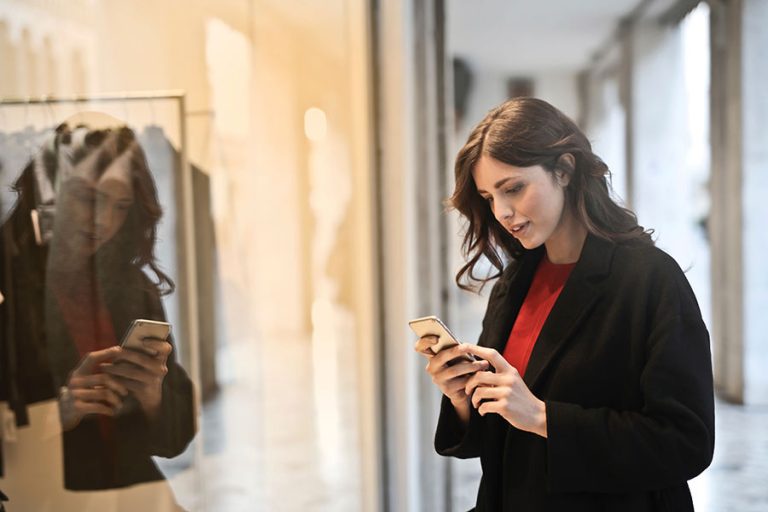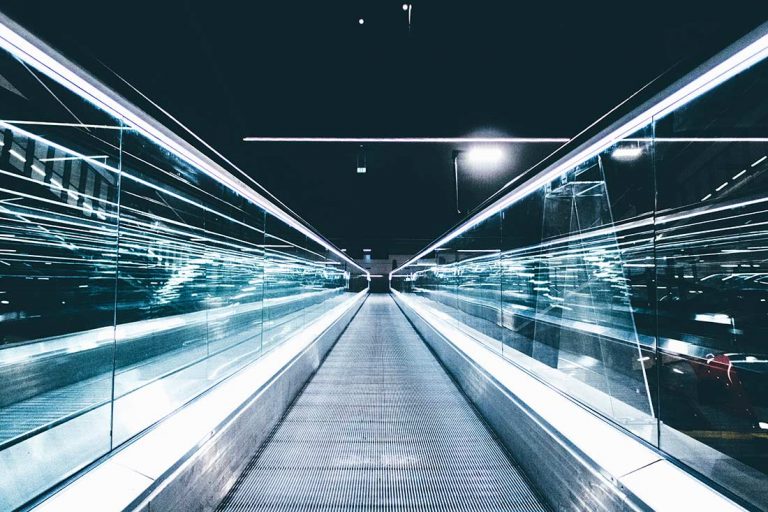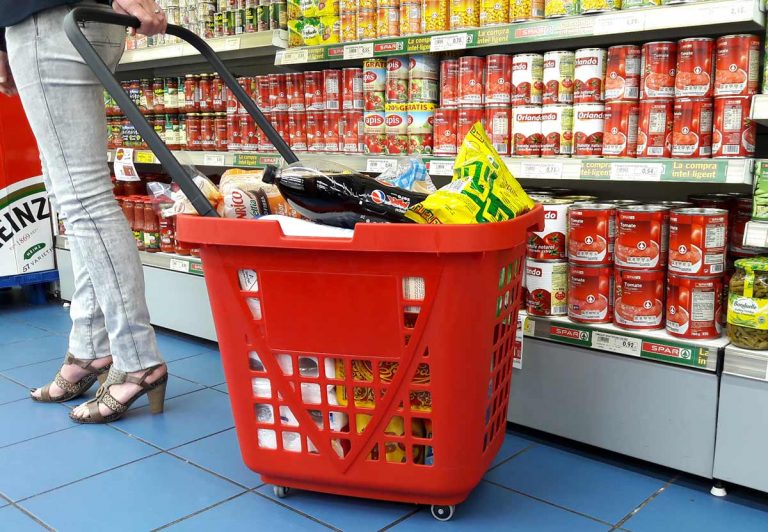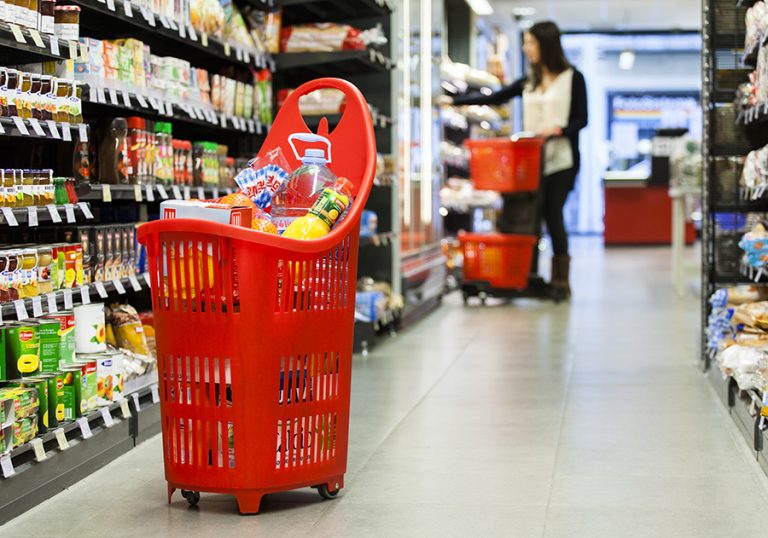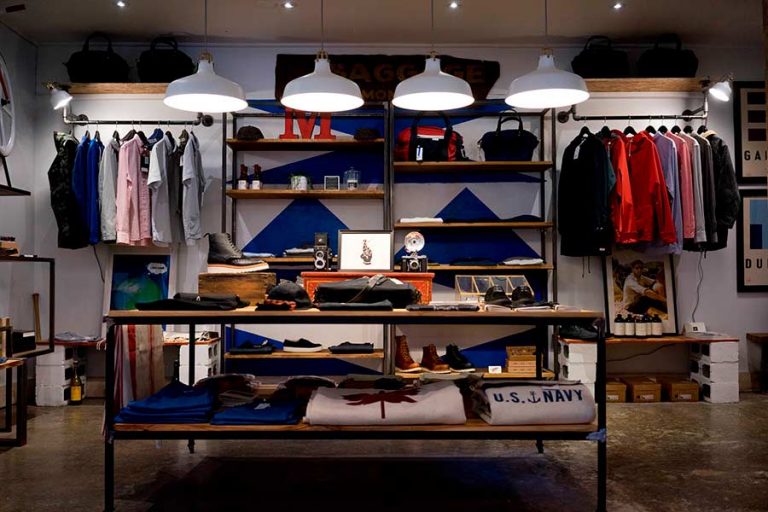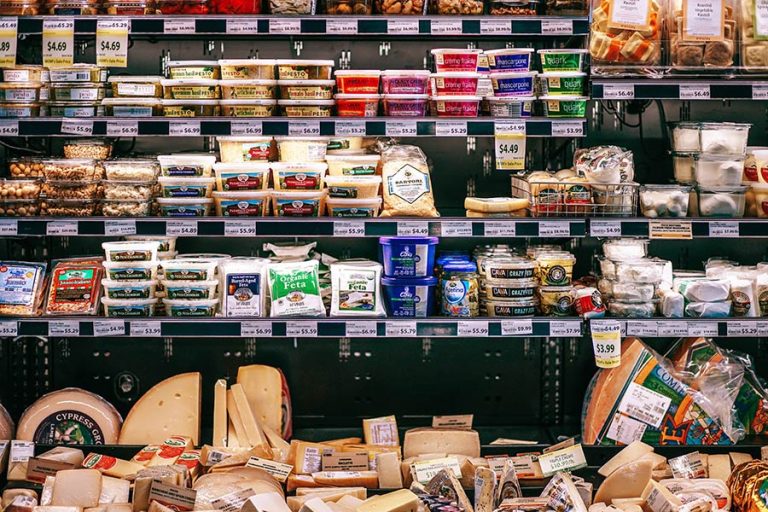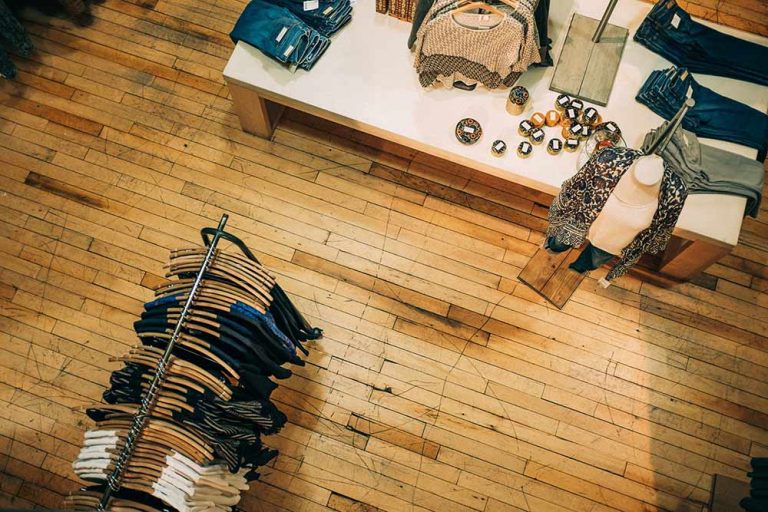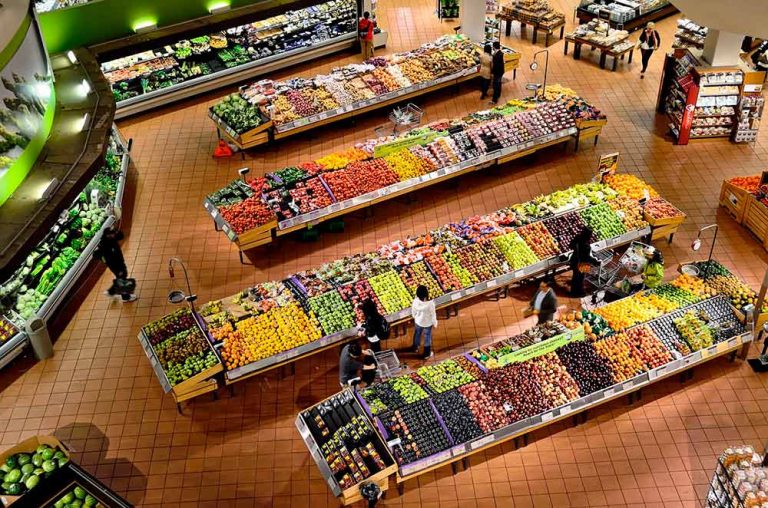Phygital experience, discover what it is.
In today’s world, digital commerce has become an integral part of our daily lives. Over the past few years, online shopping has grown into a common habit. However, physical stores remain the primary channel for purchases. But what if we could merge both realities? This is where the phygital experience comes in, blending the physical and digital worlds. The goal is to integrate the best of both environments, as both play a significant role in our lives. Concepts like immediacy, immersion, and interaction are crucial in this context.
Immediacy refers to things happening in real time. Immersion ensures the user becomes a part of the experience, while interaction focuses on creating meaningful communication between the brand and the user, sparking both physical and emotional engagement.
When Amazon Go stores first launched, the idea was to eliminate all forms of physical payments—whether card or cash—in favor of digital payments through customers’ Amazon accounts.
But how has the trend evolved?
In the past, physical businesses would launch virtual stores after becoming established leaders in their industries. The next trend was omnichannel, which aimed to create a cohesive experience across all brand communication channels, providing customers with a 360-degree shopping journey. After that came the “click-to-bricks” approach, where successful online stores expanded into physical retail spaces. A notable example is the sunglasses brand Hawkers.

But why open physical stores?
Experiencing.
Space is created where users can touch, smell, and taste, the products they are planning on acquiring.
Commitment.
Offering an activity in the physical world empowers the relationship between the client and the brand through direct interaction.
Awareness.
The digital world is often a red ocean, where competition is particularly fierce just a few clicks away. Physical spaces are designed to capture attention, attract new customers, and raise visibility to both existing and potential customers.
Physical and digital spaces
By definition, physical spaces are managed by people where interactions happen among people and with the brand. These are physical spaces where products can be physically tested and experienced.
On the other hand, digital environments are accessible 24/7; most of the processes there, being automated, provide that immediacy. These two worlds are often not well integrated, hence resulting in some kind of gap that can also be puzzling for users. Millennials do not like this separation between the two various environments. They would rather that both digital and physical space be in a state of continuum—a challenge to truly create one “phygital” experience.
Advantages of the digital world
Immediacy, time-saving.
First of all, the biggest advantage of online shopping is saving time. In this way, we won’t spend any time going to the store, waiting in lines to pay, and getting through crowds, which may sometimes turn out to be very frustrating. Secondly, we will be able to get comprehensive information on a product enabling us to read reviews and feedback from other users.
Advantages of the physical world.
Physical stores appeal to emotions and human contact. Therefore, all the senses are used as a strategy to attract more people. The idea is to create a memorable experience that fuses the digital advantages with the physical environment.
In addition, customers can also touch the employees to get answers, try out products, and feel materials among others. All of these—summing up—from music, decoration, the smell of the store, and so on, affect the customer experience and therefore must be extremely included in the general strategy of the brand.
Technology and the latest devices
Beacons
A beacon is a small Bluetooth device that normally reaches up to 50 meters and sends information to smartphones.
Augmented reality
Augmented reality makes the real world interactive through our smartphones. Further information about a product can show up on screen, or the product itself can be projected in the current environment since all is possible!
RFID (Radio Frequency Identification)
This system consists of tags and an RFID reader that can read information stored in the tags using radio waves from a distance. Each one is fitted with a tiny chip; it has a unique identifier and consequently a limited capacity for information storage. Information on such a tag could be read and/or written by a reader.
ID Light
The light itself, in the light emitted from the displays of specialized ID Light screens, carries information that is easily captured by smartphones and tablets simply by standing in front of the screen and focusing on it.
KINECT
It is a device capable of capturing the human body, recognizing it, and integrating it into the plane. In this way, different applications have been developed that allow the interaction of elements with virtual ones.
How are these technologies applied in physical stores?
Amazon Go
One very clear example of phygital can be observed in the Amazon Go stores, where digital and physical complement each other. This includes the application of the latest technologies. The physical element is expressed in the speed and elimination of intermediate steps that are typical for these stores.
First, Amazon Go stores were going to suppress all forms of physical payment in favor of digital payment through the customer’s Amazon account.
Augmented reality in Zara
It is, therefore, Zara that has imposed augmented reality in 130 stores worldwide: through our mobile phone, we will have access to holograms and extra information about the goods on-site at specific spots inside the shop.
Smart fitting rooms at Rebecca Minkoff stores
Equipped with RFID tags included in the garments he has chosen, the mirror will immediately recognize them once he has come into the fitting room. It can also be used as a screen, showing additional information about the clothes, or serve as a normal mirror. You can even call a shop assistant, ask for more clothes, and so on.
No doubt, the fusion of digital and physical is here to stay, and large brands will further integrate them into their shopping experience. If you want to learn more about retail trends, proceed to these articles.
ARE YOU INTERESTED IN LEARNING MORE ABOUT RECYCLING? DOWNLOAD OUR FREE EBOOK DO YOU WANT TO IMPROVE THE STRATEGY OF YOUR POINT OF SALE? DOWNLOAD OUR LATEST EBOOK

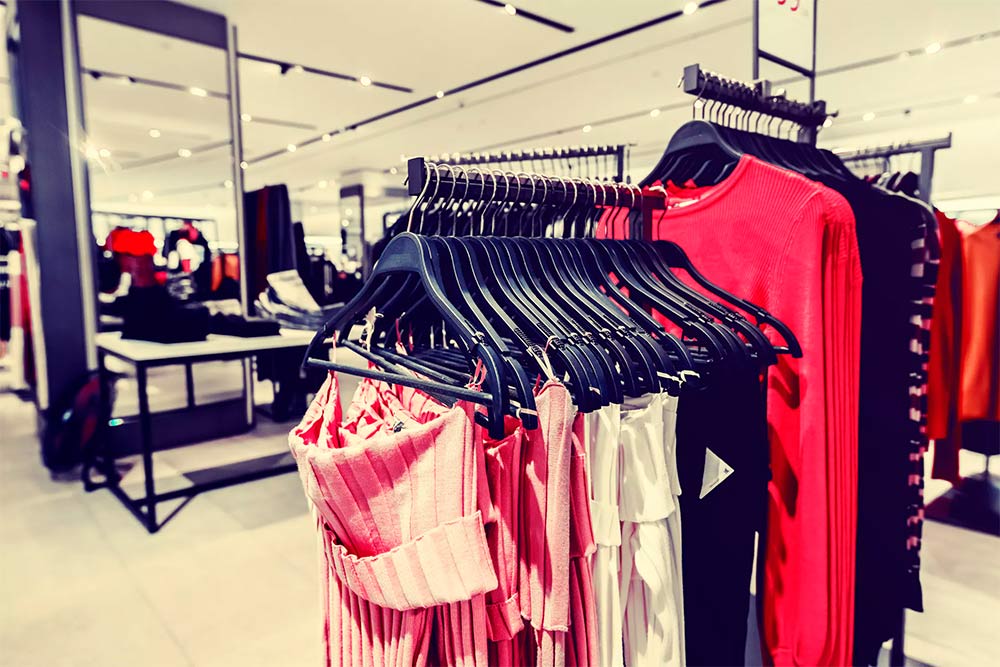
 Sign up for our newsletter and be the first to receive our articles!
Sign up for our newsletter and be the first to receive our articles!
